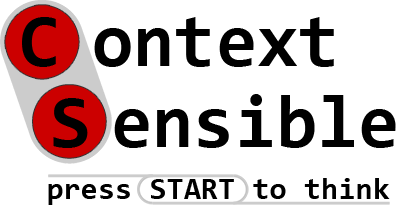Do you make the most out of your favorite game mechanics? Let us take a look at how a stage editor can lead to new play modes!
In Level Editor I explain how a good editor can extend the lifetime of a game by creating new content. Of course, the same is true for a good stage editor. I use the term level for one part in a series of chapters of a game, that are usually only played once in a playthrough, like in Super Mario Bros. and other platform games. I use the term stage for a closed part of the game world, that is reused multiple times, like in Street Fighter and other fighting games.
Generally, what is good for a level editor, is good for a stage editor as well. However, stages are often simpler and at the same time more difficult to design well. Because of their reuse, we explore and inspect stages much more thoroughly. A single flaw might give one player an insurmountable advantage, which most will use. Such an advantage will make it boring for them and unbearable for their opponents.
This is why most stages in fighting games are merely reskins. It does not matter, whether a stage looks like a desert or a parking lot. As long as we fight on a flat plain, the game stays the same mechanically. But as soon as a stage includes a rock or any other obstacle, the game balance shifts in just that level. Of course, such variety makes a stage interesting in the first place.
One of the most popular fighting games embraces stage variety. Most stages in Super Smash Bros. include multiple platforms with varying heights and sizes just as well as stage hazards that actively damage careless fighters. Since Super Smash Bros. Brawl for Wii, the series offers a stage editor to create our own fighting rings.
This led to many strange creations, like No KO stages. Usually, in Smash Bros. we have to knock our opponent off the screen to win. However, a typical No KO stage resembles a box, which makes that basically impossible. At the same time, this makes it possible to reach extremely high damage levels, which would otherwise end a match. The winner is then decided by reaching a certain amount of damage or having the least amount of damage after a set time. This requires a very different style of play.
If you want to develop a game that uses stages, give your players the tools to build their own stages! Unlike your professional stages, custom stages do not need to be balanced in any way. This gives your players the opportunity to explore the mechanics of your game in more detail. Custom stages can be totally strange or outright broken. However, what seems broken at first, might give your game a totally new challenge.
What are your favorite experiences with a stage editor? Share them in the comments below! I look forward to reading them. In the mean time, I will think outside the box.
(Photo by Keo Oran on Unsplash)


Leave a Reply